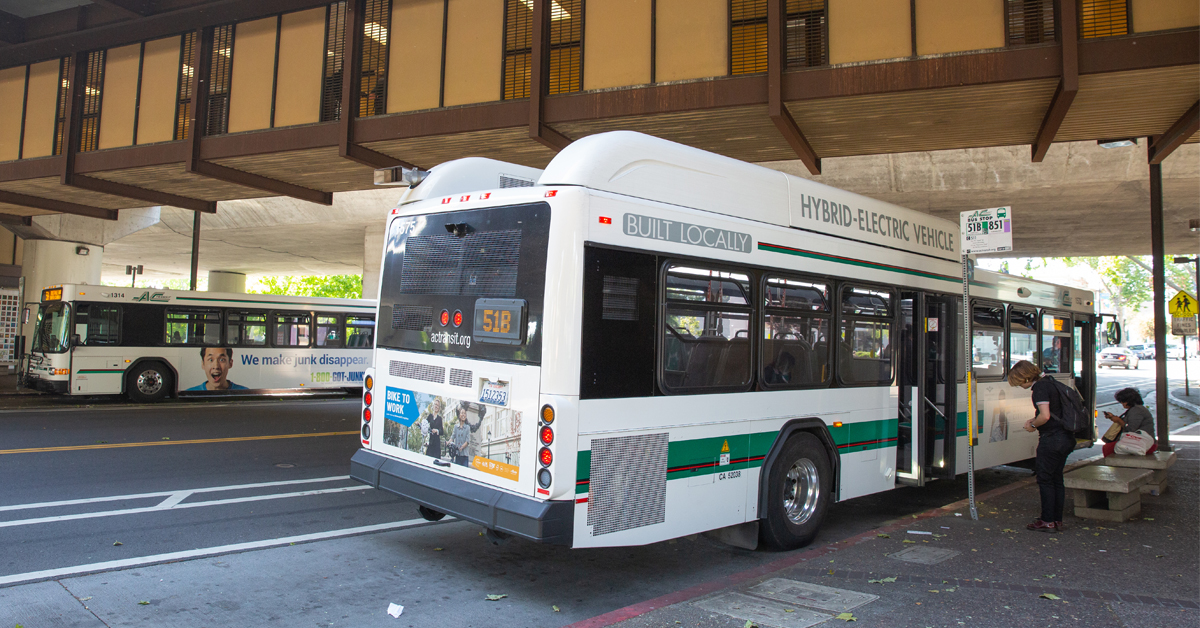we had approximately 700 running vehicles in our fleet.. lets put it this way, even though most of this type of thing is governed by closed sealed bids, I think anybody who has observed the practice in action knows the possibility of corruption in the buying process is always there. Also worth saying a skilled prospective buyer can spec a vehicle that only one company can provide.
New Flyers are pretty good buses.In fact of all the later brands of equipment I dealt with I liked them the most, better than Gillig or NABI. technically they are a Canadian company but they manufacture in Minnesota at St Cloud and Crookston to satisfy the Buy American rules. Van Hool is hi end, know nothing about them.
Hills require gearing and a higher powered engine.. and generally some type of exhaust brake or retarder or both. I am not aware of us ever having bought any bus in the last 30 years that didn't have a retarder, simply because it saves on brakes.
We don't have any hills.. its South Florida.

Fact of the matter nowadays seems to be you are buying a bus with a Cummins in either Diesel or CNG, possibly mated to a Hybrid drive or a regular auto trans.. California being so green, they probably lean CNG and would want to go electric if feasible.. my employer was going CNG at the time point where I retired, of course the dummies in charge didn't realize it when they started the contract that only 2 out of the 3 bus barns were close enough to a natural gas pipeline in order to be feasible to install the fueling apparatus and connect to the pipeline.

